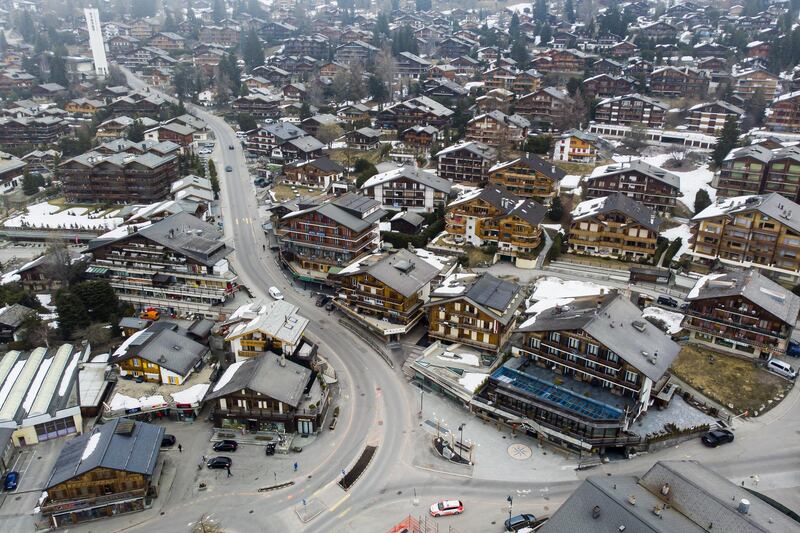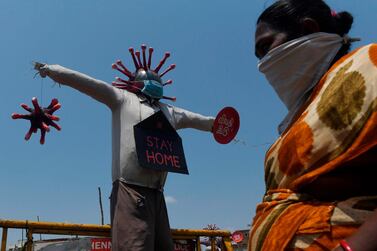When Swiss authorities closed the nation’s ski runs in mid-March, two days after the World Health Organisation declared a pandemic, the coronavirus was already ripping through the chic resort of Verbier.
A longtime destination of Europe’s jet set for off-piste skiing and apres-ski high life, Verbier’s packed gondola lifts and bars made it the perfect incubator for Covid-19. Even after the lifts closed, vacationers and seasonal workers partied one last time before heading home.
“It’s a perfect opportunity to spread — it’s a virus heaven,” said Corinne Cohen, a doctor at a clinic close to the resort. At one medical practice in Verbier, 80 per cent of patients tested positive for Covid-19.
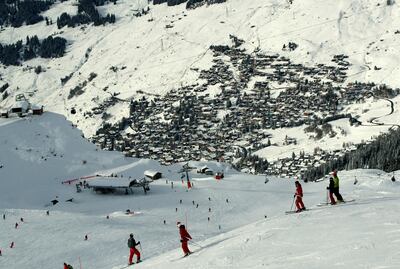
Dr Cohen and other physicians called for Verbier to be quarantined. The Swiss government demurred, saying that isolating the resort wouldn’t limit the spread of Covid-19.
That decision increased scrutiny of Switzerland’s approach, which was criticised for initially prioritising the economy and individual liberties over containment. Those tensions also illustrate the challenge of co-ordinating a pandemic response across borders with four other major European nations.
While the WHO is based in Geneva, Swiss authorities were slow to embrace its recommendations on contact tracing and isolation, and ramped up testing only in recent weeks.
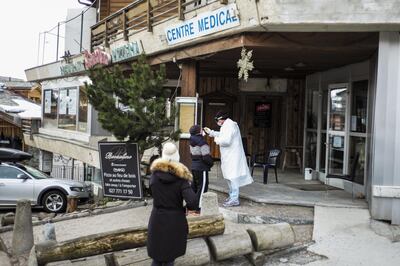
“This is the host country of the WHO and the host country initially did not follow WHO advice,” said Annelies Wilder-Smith, a professor of emerging infectious diseases at the London School of Hygiene and Tropical Medicine who lives in Switzerland.
After Italy became the pandemic’s centre, Switzerland initially kept open the 740-kilometre frontier with its southern neighbour, partly because the Swiss canton of Ticino relies on about 70,000 cross-border Italian workers to power its economy. Now Ticino has Switzerland’s highest infection rate.
When WHO Director General Tedros Adhanom Ghebreyesus called in mid-March for countries to “test, test, test,” Daniel Koch, head of communicable diseases at the Swiss Federal Office of Public Health said such an approach was no longer appropriate for the country.
The first 100 days of the virus
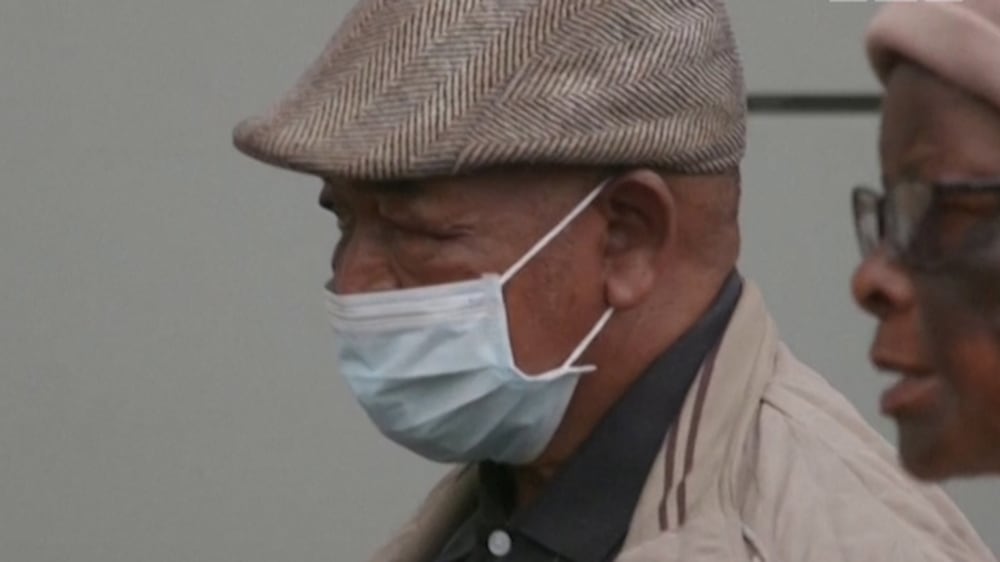
While most Swiss people were happy with the official response, 42 per cent wanted stronger measures, a poll in March by the Sotomo Research Institute showed.
Countries like Singapore and South Korea invested heavily in strategies to combat epidemics after experiencing the virus outbreaks of SARS in 2003 and MERS in 2015. Others, such as Italy or Switzerland, were caught less prepared, according to Didier Trono, a professor of virology and genetics at the Swiss Federal Institute of Technology in Lausanne. Fears of ruining the economy by overreacting also played a role, as they did in the US and UK.
“Switzerland doesn’t stand out as the bad person in the class,” Mr Trono said. “Generally speaking, highly democratic modes of functioning are also not best suited in these situations, where blitzkrieg-like approaches are needed.”
Still, the Swiss implementation of social distancing has been exemplary, said Ms Wilder-Smith, while the government has incrementally adopted WHO advice. Where the country still lags behind is on capacity for “liberal testing, and more contact tracing,” she said.
Switzerland now has one of the highest per capita testing rates in the world, though the focus remains on risk groups. The government has banned gatherings of more than five people, but the strict lockdowns imposed in neighboring Italy and France aren’t in place.
The epidemic started in many places at the same time in Switzerland, complicating a systematic containment, Mr Trono said. “Now there are far too many fires everywhere, and we’re past being able to contain it here, here and here.”
Surveillance must go beyond Alpine virus hotspots, such as Verbier and the Austrian ski resort of Ischgl, from which tourists spread Covid-19 across Europe. That imperative is running up against pressure from lawmakers and businesses to reopen the Swiss economy as industries from gold refining to tourism suffer.
For now, the government agrees with the WHO that it’s too soon to relax restrictions, which have been extended until April 26.
“As soon as the trend of new infections declines sharply we can say the epidemic wave is declining and will continue to decline,” said Mr Koch, the Swiss government’s coronavirus czar. “But it’s still a little too early to make that call.”
It will also be important over the coming weeks to use antibody tests to determine what fraction of the population has already been exposed, according to Mr Trono.
“Once we have determined whether the presence of antibodies indicates resistance to further infection, we will additionally know who can go back to work without risk to themselves or others,” he said. “That may allow some precision de-confinement.”
As governments look for exit strategies, the WHO is stressing the continuing need for testing, isolation and contact tracing.
“Lockdowns will slow the virus, but they won’t stop it,” Bruce Aylward, senior adviser to the WHO’s director-general, said on Wednesday. “They provide a window to prepare for the post-lockdown reality.”
